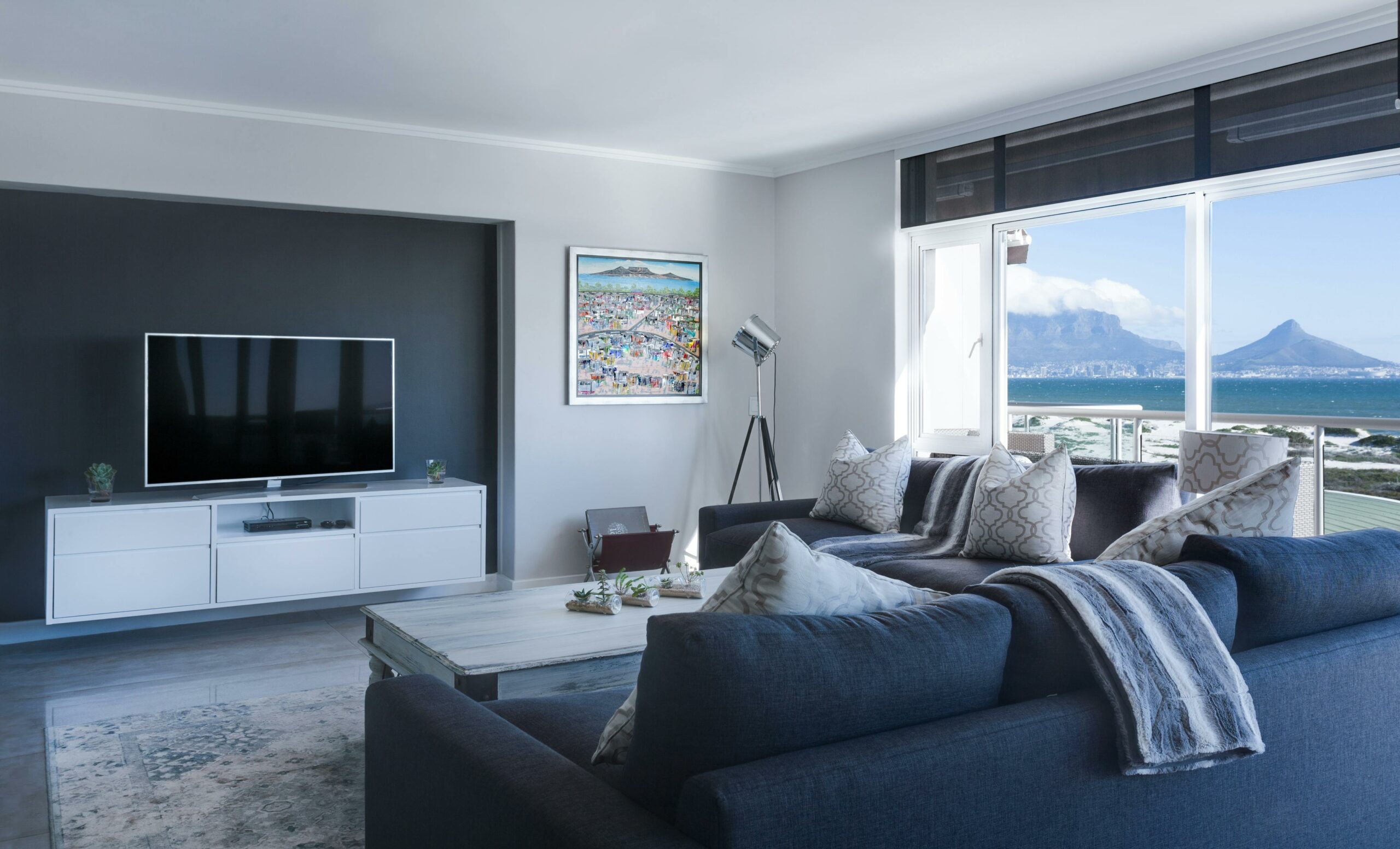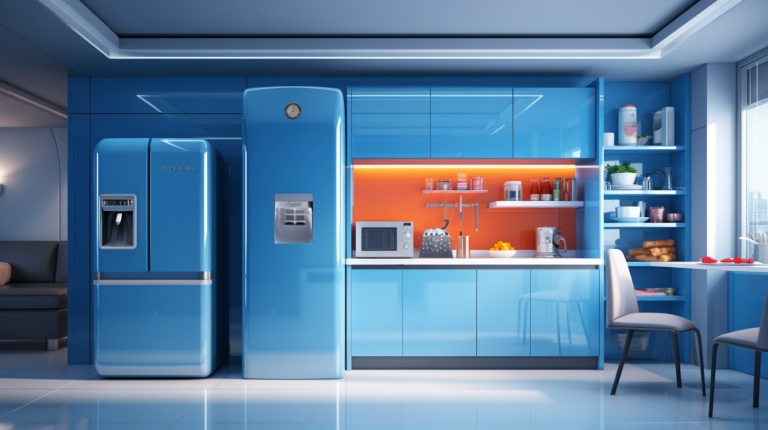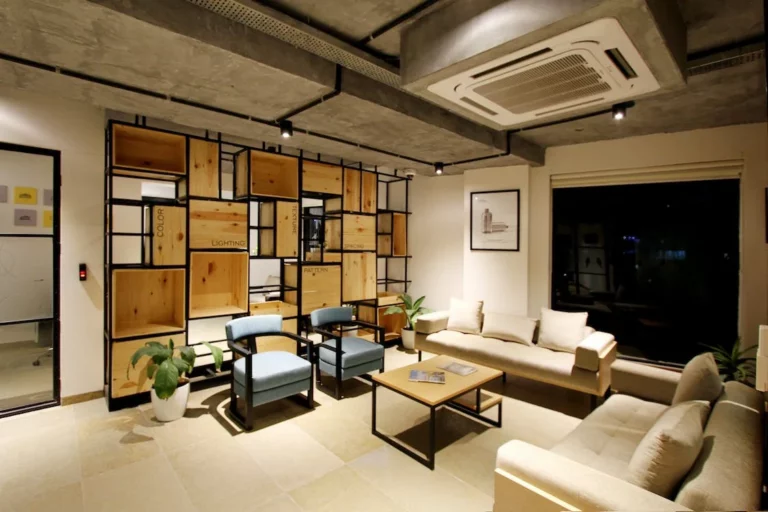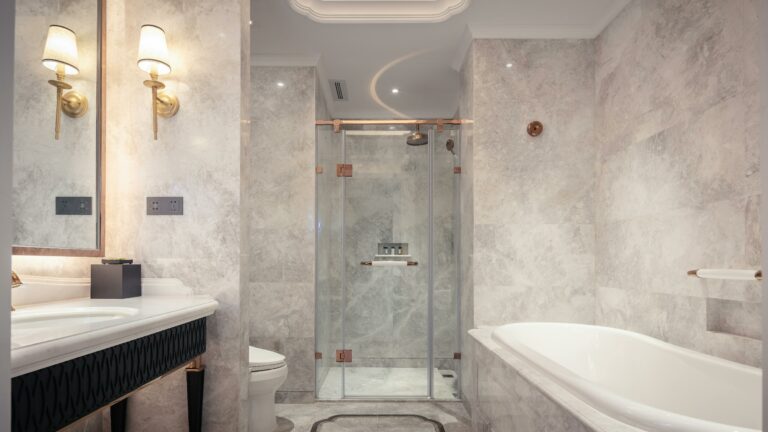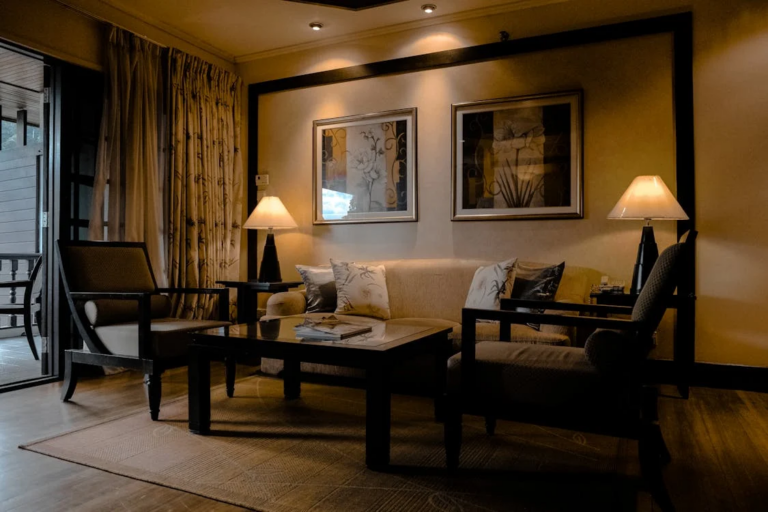Creating a Modern Minimalist Architechture Home: Architectural Ideas for Homeowners
Creating a modern minimalist architechture home is not just about following the latest trends in interior design; it’s a lifestyle choice that promotes simplicity, functionality, and a sense of calm. From architectural concepts to design principles, there are various ways to achieve a modern minimalist aesthetic in your home.
In this article, we will explore the key elements of modern minimalist architechture and how they can be applied to create a sleek and sophisticated living space. We will also discuss practical tips for transitioning into a modern minimalist architechture home and embracing a clutter-free lifestyle.
Whether you are building a new home or looking to renovate your existing space, this guide will provide you with the inspiration and insights you need to create a modern minimalist architechture home that reflects your unique style and values. So let’s dive in and discover the beauty of simplicity in home design.
Table of Contents
Understanding Modern Minimalist Architechture

Modern minimalist architechture has gained significant popularity in recent years for its sleek and streamlined design aesthetic. With its emphasis on simplicity, clean lines, and a focus on functionality, it offers a refreshing departure from the ornate and excessive styles of the past. To truly appreciate modern minimalist architechture, it is essential to understand the concepts behind it and its application in the field of architecture today.
Concept of Minimalism
At its core, minimalism as an architectural style is about stripping away the superfluous and focusing on the essential elements of design. It embraces the philosophy of “less is more,” where simplicity and restraint are key. By eliminating unnecessary ornamentation and reducing design elements to their purest forms, minimalist architecture aims to create spaces that are calm, uncluttered, and harmonious.
In modern minimalist architecture, the emphasis is on creating a sense of openness and lightness, often achieved through the use of open floor plans, large windows, and innovative materials. The goal is to create a space that feels unencumbered and spacious, allowing inhabitants to feel an immediate sense of peace and tranquility.
Application in Modern Architecture
Modern minimalist architechture has found its place in a variety of architectural projects, ranging from residential homes to commercial spaces and even public buildings. Its versatility lies in its ability to adapt to different contexts while maintaining its core design principles.
Residential Homes
Many homeowners are drawn to the simplicity and functionality of modern minimalist architechture. A minimalist home offers a retreat from the fast-paced world, where everything has its place, and clutter is eliminated. It provides a serene and calming environment, allowing residents to focus on what truly matters.
Commercial Spaces
Minimalist design is also increasingly being incorporated into commercial spaces such as offices, retail stores, and restaurants. The clean and uncluttered aesthetic promotes a sense of professionalism and efficiency. Furthermore, minimalist designs can enhance the visibility and appeal of products and services, drawing customers in with their sleek and sophisticated look.
Public Buildings
Minimalist architecture is finding its way into public buildings, including museums, art galleries, and cultural centers. By employing minimalist design principles, these spaces provide a neutral backdrop for showcasing artwork and exhibits. The focus shifts to the content within the space, allowing visitors to fully engage with the artwork without any distractions.
In summary, modern minimalist architechture is a design style that celebrates simplicity, functionality, and the elimination of unnecessary elements. Its application can be seen in various architectural projects, from residential homes to commercial spaces and public buildings. By understanding the concept behind minimalism and its application in modern minimalist architechture, you can truly appreciate the beauty and impact of this design philosophy.
Designing Modern Minimalist Architechture Home

Designing a modern minimalist architechture home can be an exciting and rewarding endeavor. With its clean lines, clutter-free spaces, and focus on functionality, minimalist design offers a sense of calm and simplicity that many homeowners strive for. Whether you’re starting from scratch or looking to transform your current space, here are some tips to help you create a modern minimalist architechture home that looks and feels both stylish and serene.
Choosing the Right Color Palette
Color plays a crucial role in any interior design, and when it comes to minimalist homes, less is definitely more. Stick to a neutral color palette, with shades of white, beige, gray, and black as your foundation. These colors create a clean and timeless backdrop that allows the natural elements and furniture pieces to take center stage. To add a touch of visual interest, you can incorporate subtle pops of color through accents like artwork, throw pillows, or a statement rug.
Importance of Space Management
One of the key principles of minimalist design is effective space management. It’s all about maximizing the use of the available space while keeping it clutter-free.
Here are a few space-saving ideas to consider:
- Opt for multifunctional furniture pieces such as a sofa that doubles as a bed or a dining table with built-in storage.
- Utilize vertical space by installing wall shelves or hanging racks for storage.
- Embrace minimalist storage solutions like concealed cabinets and drawers to keep your belongings out of sight.
Open Floor Plans: The Hallmark of Minimalistic Design
Open floor plans are a defining feature of modern minimalist architechture homes. By eliminating unnecessary walls and partitions, you create a sense of openness and flow throughout the space. This not only maximizes natural light but also facilitates better communication and connectivity between different areas of the home. If you’re renovating, consider removing non-load-bearing walls to open up the space and create a seamless transition between rooms.
Emphasis on Natural Light
Natural light is a key element in minimalist design. It not only brightens up the space but also promotes a sense of openness and serenity.
Here’s how you can make the most of natural light:
- Choose sheer curtains or blinds that allow light to filter through while maintaining privacy.
- Place mirrors strategically to reflect light and create an illusion of a bigger space.
- Keep windows clear of heavy curtains or unnecessary clutter to let the natural light flood in.
Keep Decorations to a Minimum
In minimalist design, the mantra “less is more” holds true when it comes to decorations and accessories. Instead of filling your space with an abundance of decor items, focus on a few carefully curated pieces that add visual interest and character. Opt for clean and simple lines, and choose items that have both form and function. Remember, every element in a minimalist home should serve a purpose and contribute to the overall aesthetic.
Functionality over Aesthetics
A key principle of minimalist design is prioritizing functionality over aesthetics. Every piece of furniture and decor should have a purpose and be chosen for its practicality. When selecting furniture, consider its usability and versatility. Opt for sleek and streamlined designs that are visually unobtrusive yet functional and comfortable.
By following these tips, you can create a modern minimalist architechture home that embraces simplicity without sacrificing style. Remember, the essence of minimalism lies in creating a space that allows you to focus on what matters most to you, be it spending time with loved ones, pursuing hobbies, or simply enjoying the tranquility of your home.
Features of a Modern Minimalist Architechture House
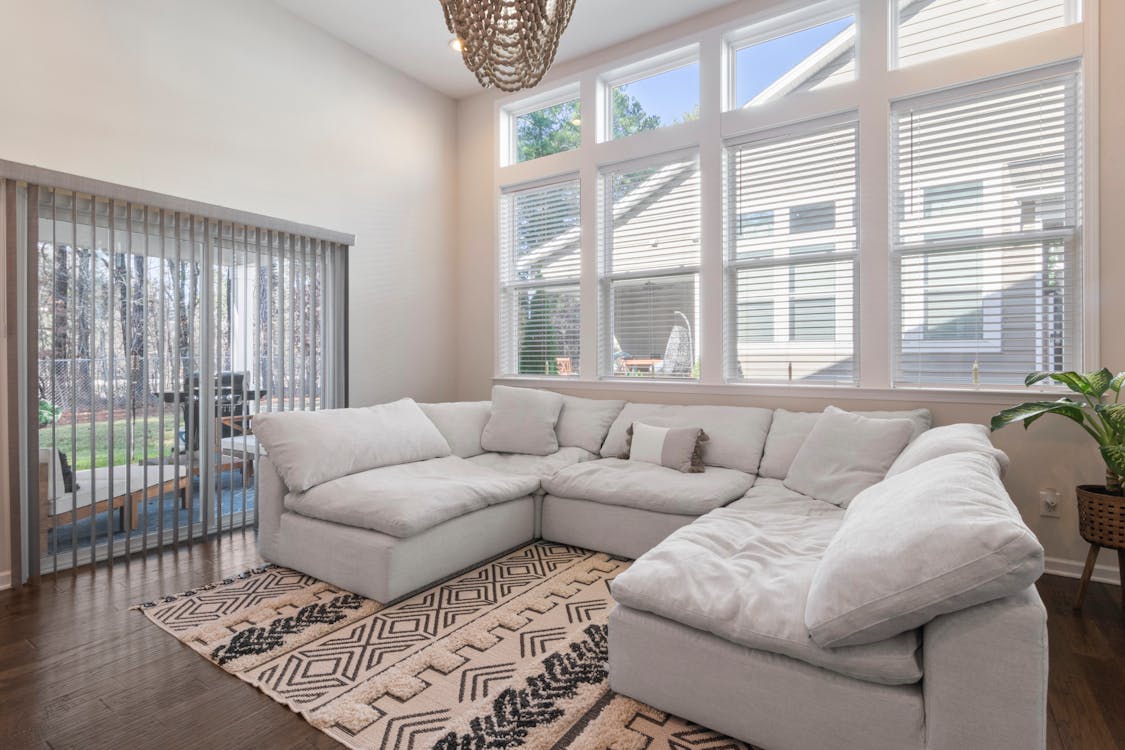
When it comes to modern minimalist architechture house design, there are several key features that define this sleek and clean aesthetic. From flat surfaces to the use of natural materials, these elements come together to create a space that is both functional and visually appealing. Let’s dive into the main features that you can expect to find in a modern minimalist architechture house.
Flat Surfaces
One of the defining characteristics of a modern minimalist architechture house is the presence of flat surfaces. This includes smooth walls, minimal ornamentation, and furniture with clean lines. The absence of intricate details creates a sense of simplicity and spaciousness, allowing the eye to focus on the essential elements of the design.
Clean Lines and No Clutter
Clean lines are another hallmark of modern minimalist architechture design. Furniture, architectural details, and even lighting fixtures often feature simple, straight lines that contribute to the overall sense of clarity and order. In a minimalist house, clutter is a big no-no. Spaces are carefully curated and free of unnecessary objects, creating a calming and uncluttered atmosphere.
Neutral Colors
Neutral colors play a vital role in modern minimalist architechture design. Whites, grays, and earth tones dominate the color palette, creating a sense of harmony and serenity. These hues also serve to enhance the natural light that enters the space, further accentuating the clean and open feel of the house.
Use of Natural Materials
The use of natural materials is a characteristic that adds warmth and texture to a modern minimalist house. Wood, stone, and concrete are common materials used for both structural elements and finishes. These materials bring a sense of authenticity and organic beauty to the design, grounding the space and connecting it to nature.
Large and Unobstructed Windows
Another feature that is often found in modern minimalist architechture houses is the incorporation of large, unobstructed windows. These windows serve multiple purposes – they flood the interior with natural light, provide stunning views of the surroundings, and blur the line between indoor and outdoor spaces. They open up the house to the outside world and create a sense of expansiveness, making the interior feel more expansive and connected to nature.
In conclusion, a modern minimalist house embraces simplicity, clean lines, and a focus on essential elements. With its flat surfaces, clean lines and lack of clutter, neutral color palette, use of natural materials, and large, unobstructed windows, this style of architecture creates a serene and timeless living space. Whether you’re drawn to the aesthetic or seeking a functional and uncluttered way of life, a modern minimalist house has much to offer.
Sustainability in a Modern Minimalist Home

When it comes to creating a modern minimalist home, efficiency and sustainability are key factors to consider. Not only do these elements align with the minimalist philosophy of simplicity and functionality, but they also have a significant impact on our environment and energy consumption. In this article, we will explore various aspects of efficiency and sustainability that can be incorporated into a modern minimalist home.
Energy-Saving Appliances
One of the first areas to focus on when aiming to create an efficient and sustainable home is the choice of appliances. Energy-saving appliances not only reduce your carbon footprint but also help you save money on utility bills. Look for appliances with energy-efficient labels, such as ENERGY STAR, which typically consume less electricity or water compared to their conventional counterparts. Here are a few examples of energy-saving appliances you can consider for your modern minimalist home:
- Refrigerators: Models with advanced insulation and temperature management systems can significantly reduce energy consumption.
- Washing Machines: Opt for front-loading machines, which use less water and energy compared to top-loading machines.
- Dishwashers: Look for dishwashers with efficient water usage and energy-saving cycle options.
- LED Lighting: Replace traditional incandescent bulbs with LED lights, which are not only energy efficient but also have a longer lifespan.
By consciously choosing energy-saving appliances, you can contribute to a more sustainable living environment while enjoying the benefits of reduced energy consumption.
Smart Home Integration
Integrating smart home technology into your modern minimalist home can enhance both efficiency and sustainability. With smart home devices, you can remotely control and automate various functions, optimizing energy usage and reducing waste. Here are a few ways smart home integration can make your home more efficient:
- Thermostats: Smart thermostats learn your preferred temperature settings, adjust heating and cooling schedules according to your lifestyle, and can be controlled remotely through a smartphone app.
- Lighting: Smart lighting systems allow you to control and schedule lights using your phone or voice command. You can switch off lights when not in use or adjust brightness levels to conserve energy.
- Water Management: Smart irrigation systems monitor weather conditions and adjust watering schedules accordingly, preventing overwatering and conserving water.
By leveraging smart home technology, you can optimize energy usage and effortlessly embrace sustainable practices within your modern minimalist home.
Sustainable Materials
Incorporating sustainable materials into your home’s design is another essential aspect of creating an efficient and sustainable living space. By choosing materials that are eco-friendly, recyclable, and have lower carbon footprints, you can minimize your impact on the environment. Here are a few examples of sustainable materials commonly used in modern minimalist homes:
- Bamboo: Bamboo is a fast-growing and renewable material that can be used for flooring, furniture, and even as a sustainable alternative to traditional hardwood.
- Cork: Cork is an excellent choice for flooring and wall coverings as it comes from the bark of the cork oak tree, which regenerates itself.
- Recycled Materials: Incorporating reclaimed wood, recycled glass, or repurposed materials into your home’s design not only adds a unique touch but also reduces waste.
By prioritizing sustainable materials in your modern minimalist home, you can create a space that is both aesthetically pleasing and environmentally responsible.
Efficient Space Utilization
Efficiency in a modern minimalist home is not limited to energy consumption or sustainable materials – it also extends to the efficient utilization of space. Minimalism emphasizes the importance of decluttering and keeping only what is essential, which directly contributes to efficient space management. Here are a few tips for maximizing space in your modern minimalist home:
- Built-in Storage: Incorporate clever storage solutions like built-in shelves, hidden cabinets, or multifunctional furniture to optimize space utilization.
- Vertical Space: Utilize vertical space by installing wall-mounted shelves, racks, or suspended storage systems. This allows you to free up floor space and keep your home clutter-free.
- Multifunctional Furniture: Invest in furniture pieces that serve multiple purposes, such as a sofa with hidden storage compartments or a dining table that can be extended for hosting guests.
Efficient space utilization not only helps to create an organized and uncluttered living area but also aligns with the minimalist philosophy of simplicity and functionality.
Embracing Green Living Principles
Finally, embracing green living principles is integral to creating an efficient and sustainable modern minimalist home. Choosing to adopt practices such as recycling, composting, and reducing waste is a conscious decision that contributes to a healthier planet. Here are a few ideas to incorporate green living principles into your daily life:
- Waste Management: Set up a recycling station in your home to sort recyclable materials. Additionally, consider composting organic waste to reduce landfill contributions.
- Water Conservation: Install low-flow faucets and showerheads to minimize water usage. Collect rainwater for gardening purposes or consider installing a water-efficient irrigation system.
- Reducing Single-Use Plastics: Use reusable water bottles, shopping bags, and food containers to reduce the consumption of single-use plastics.
By integrating green living principles into your modern minimalist home, you can actively contribute to a sustainable lifestyle while embracing the simplicity and functionality of minimalism.
In conclusion, efficiency and sustainability go hand in hand when it comes to creating a modern minimalist home. By focusing on energy-saving appliances, smart home integration, sustainable materials, efficient space utilization, and embracing green living principles, you can design a space that not only reflects your minimalist aesthetic but also positively impacts the environment. So why not start today and make your home a haven of efficiency and sustainability?
Practical Tips for Transitioning into a Minimalist Home
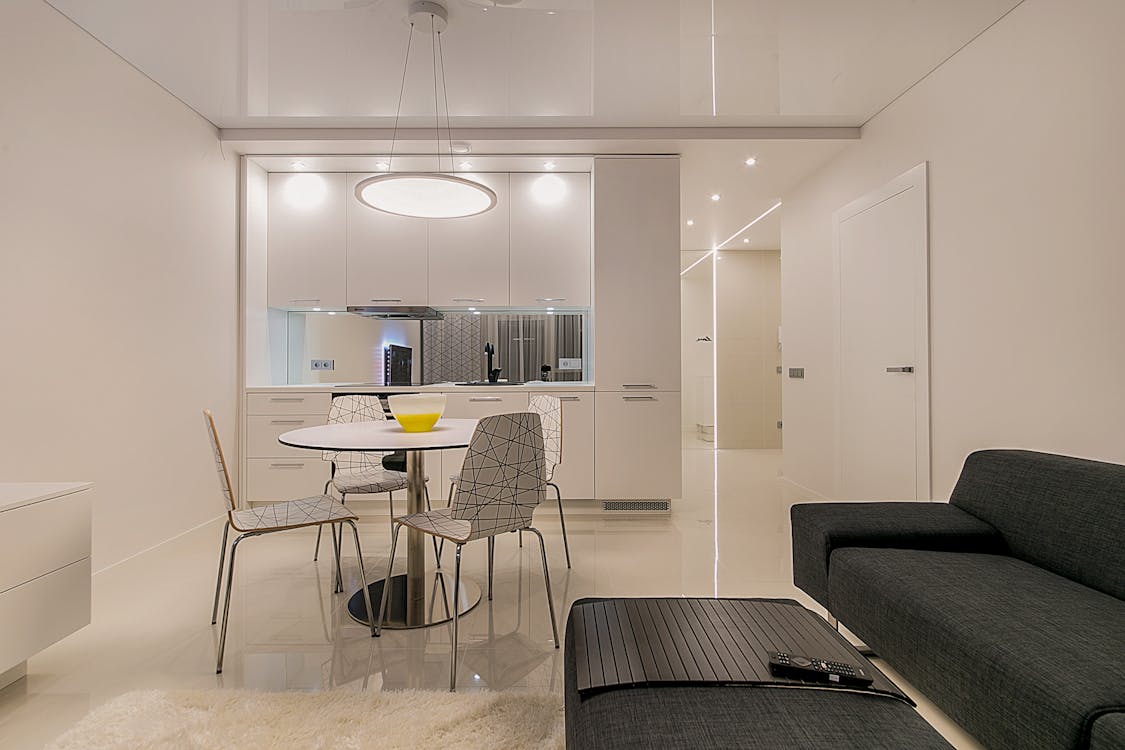
When it comes to transitioning to a minimalist home, it can feel overwhelming at first. The idea of simplifying your living space and letting go of belongings can be both liberating and challenging. But fear not! With some practical tips and a little guidance, you can make the transition smoothly and successfully. In this section, we will explore some helpful strategies to make your journey towards a minimalist home more manageable.
Start Small: One Room at a Time
One of the most effective ways to begin transitioning to a minimalist home is to start small – focus on one room at a time. By breaking down the process into smaller, manageable tasks, you can alleviate any feelings of overwhelm. Here are some steps to get you started:
- Assess the current state: Start by taking a good look at the room you want to declutter. Identify the items that are essential and those that are not adding value to your life. This will help you prioritize what needs to stay and what needs to go.
- Sort and categorize: Once you have identified the essential items, categorize them into groups. For example, separate clothing, books, and kitchen items. This will make it easier later on to decide what to keep and what to let go of.
- Declutter with intention: Now comes the part where you decide what to keep, donate, or discard. Be honest with yourself about whether each item brings you joy, serves a practical purpose, or holds sentimental value. If it doesn’t fit any of those criteria, it might be time to say goodbye.
- Organize and optimize space: After decluttering, focus on organizing the items you have chosen to keep. Utilize storage solutions such as bins, shelves, and baskets to create a tidy and functional space. Maximize your space by making use of vertical storage and keeping frequently used items easily accessible.
Take Inventory: Keep, Donate, or Discard
Transitioning to a minimalist home involves consciously evaluating your possessions and deciding what truly adds value to your life. Taking inventory is a crucial step in this process. Here’s how you can effectively assess your belongings:
- Evaluate purpose and use: Consider the functionality and practicality of each item. Ask yourself, “Do I use it regularly? Does it serve a specific purpose? Or is it just taking up space?” Be honest in assessing the true value of each possession.
- Consider sentimentality: Sentimental items can be challenging to let go of. Acknowledge the sentimental value they hold and decide whether they align with your minimalist lifestyle goals. If they do not, consider taking a photograph or keeping a small memento instead of holding onto the physical item.
- Donate or sell: Items that no longer serve a purpose in your life can find new homes through donation or selling. Consider donating to local charities or shelters, or sell items online or at a yard sale. Remember, someone else may find value in something you no longer need.
Create a Minimalist Mindset
Transitioning to a minimalist home is not just about decluttering physical items; it’s also about cultivating a minimalist mindset. Here are some ways to develop a minimalist mindset:
- Focus on experiences over possessions: Shift your focus towards experiences rather than acquiring more things. Instead of buying material items, invest in activities, travel, and spending quality time with loved ones.
- Practice gratitude: Take time each day to appreciate what you already have. Gratitude helps cultivate contentment and reduces the desire for excessive material possessions.
- Let go of comparison: Resist the urge to compare your journey to minimalism with others. Everyone’s path is unique, and it’s important to embrace your own progress and choices.
Avoid Accumulation
To maintain a minimalist home, it’s crucial to establish habits that prevent accumulation of unnecessary items. Here are some tips to help you avoid accumulating clutter in the future:
- Adopt a one-in-one-out rule: For every new item brought into your home, commit to removing one existing item. This will help you maintain balance and prevent unnecessary accumulation.
- Question purchases: Before making a new purchase, ask yourself if it aligns with your minimalist values. Consider if it is essential and will truly add value to your life.
- Embrace conscious consumption: Be mindful of what you bring into your home. Choose quality over quantity and prioritize items that are durable and serve a purpose.
By following these practical tips, you can ease your way into a minimalist home and create a space that brings you joy and tranquility. Remember, the journey towards minimalism is personal, so take your time and approach it at a pace that feels right for you.
Also Read : Essential Minimalist Furniture for a Clutter-Free Home in 2024
Conclusion
In conclusion, creating a modern and minimalist home involves embracing clean lines, open spaces, and a focus on functionality. By incorporating the principles of minimalism into their architectural design, homeowners can achieve a sleek and clutter-free living space that promotes a sense of peace and simplicity.
Whether it’s choosing a neutral color palette, maximizing natural light, or utilizing sustainable materials, a modern minimalist home offers both aesthetic appeal and environmental efficiency. By embracing a minimalist mindset and avoiding the accumulation of unnecessary items, homeowners can enjoy a space that is not only visually stunning but also promotes a sense of calm and organization.
At Arkitecture Today, we understand the appeal of modern minimalist architecture and its ability to transform a house into a home that reflects an individual’s unique style and values. If you’re looking for daily inspiration and ideas on architecture, home and interior design, decoration, and more, be sure to visit our blog at arkitecture.today. Take the first step towards creating your dream minimalist home today!
Frequently Asked Questions
- What is the concept of modern minimalist architecture?Modern and minimalist architecture focuses on clean lines, simplicity, and functionality. It emphasizes open spaces, natural light, and the use of minimal decorative elements.
- What are some key features of a modern minimalist architechture home?
Key features of a modern and minimalist home include open floor plans, large windows, neutral color palettes, minimal clutter, use of natural materials like wood and stone, and integration of indoor and outdoor spaces. - How can I incorporate minimalist design into my home?To incorporate minimalist design into your home, start by decluttering and getting rid of unnecessary items. Opt for clean, simple furniture and choose a neutral color scheme. Use storage solutions to keep things organized and prioritize functionality.
- What are some popular architectural ideas for modern and minimalist homes?Some popular architectural ideas for modern and minimalist homes include open concept living areas, floor-to-ceiling windows, floating staircases, minimalist landscaping, and integration of smart home technology.
- Are there any specific building materials recommended for modern and minimalist homes?Modern and minimalist homes often make use of materials like glass, concrete, steel, and natural woods. These materials provide a sleek and contemporary look while maintaining a minimalist aesthetic.

